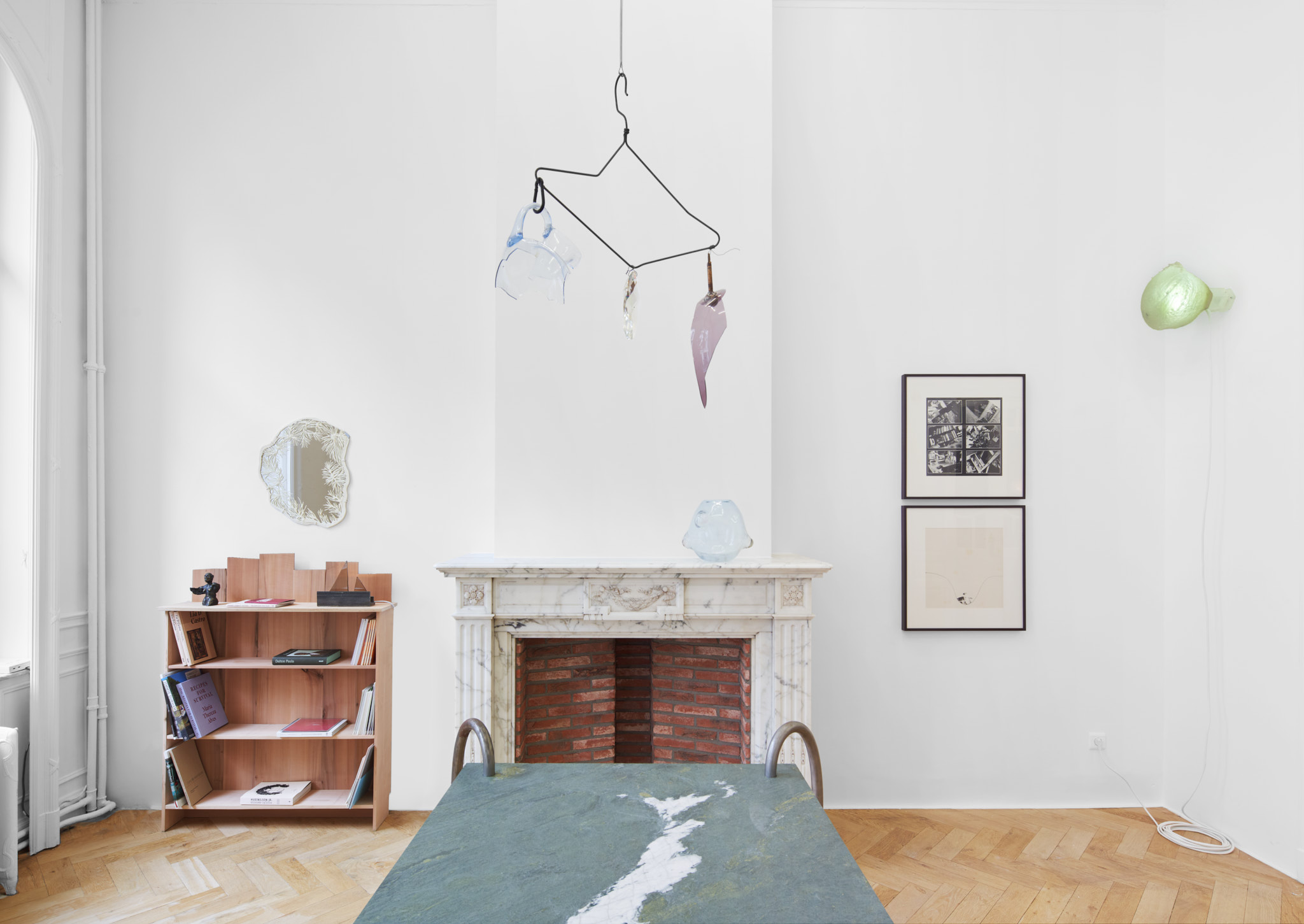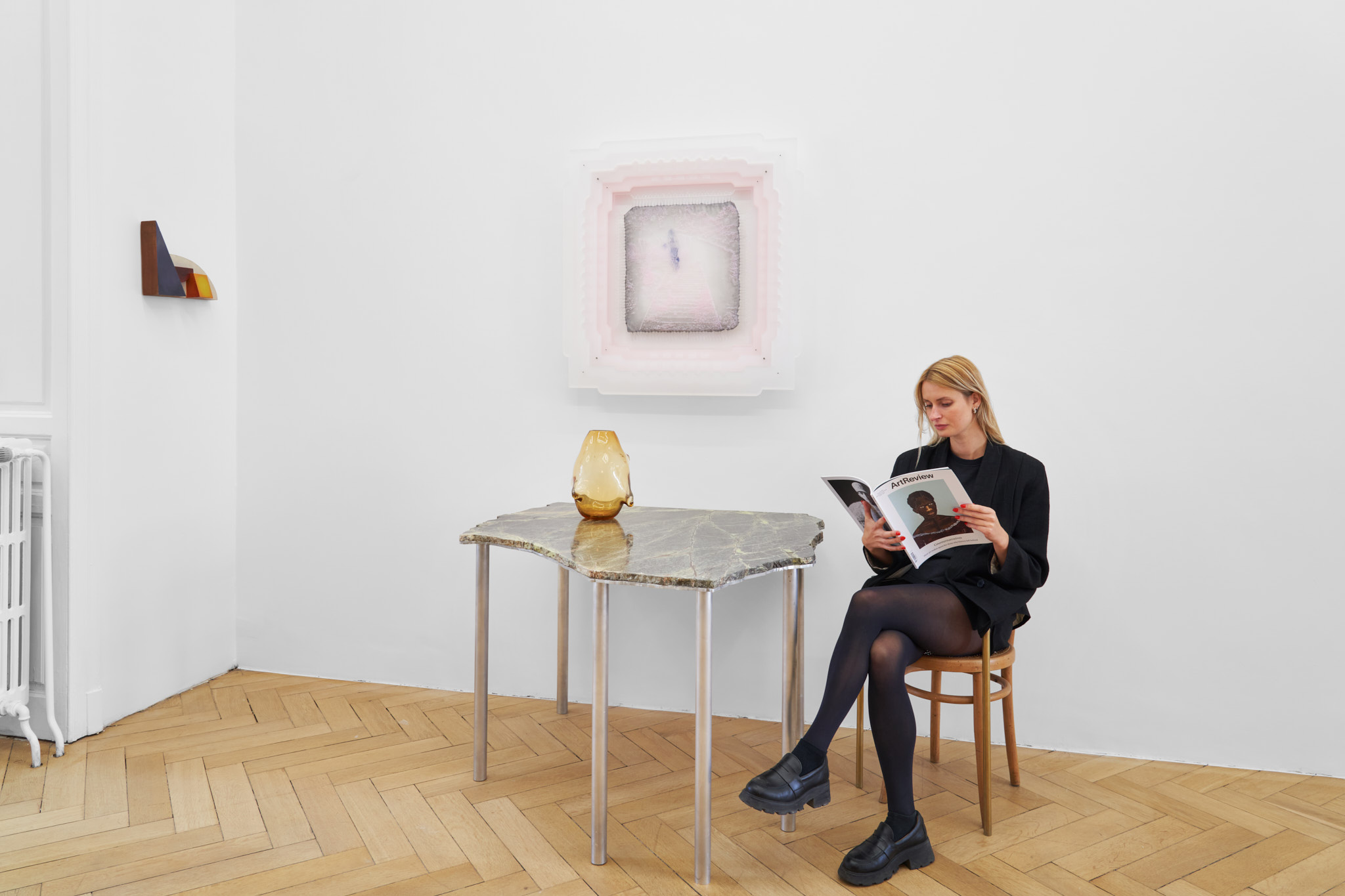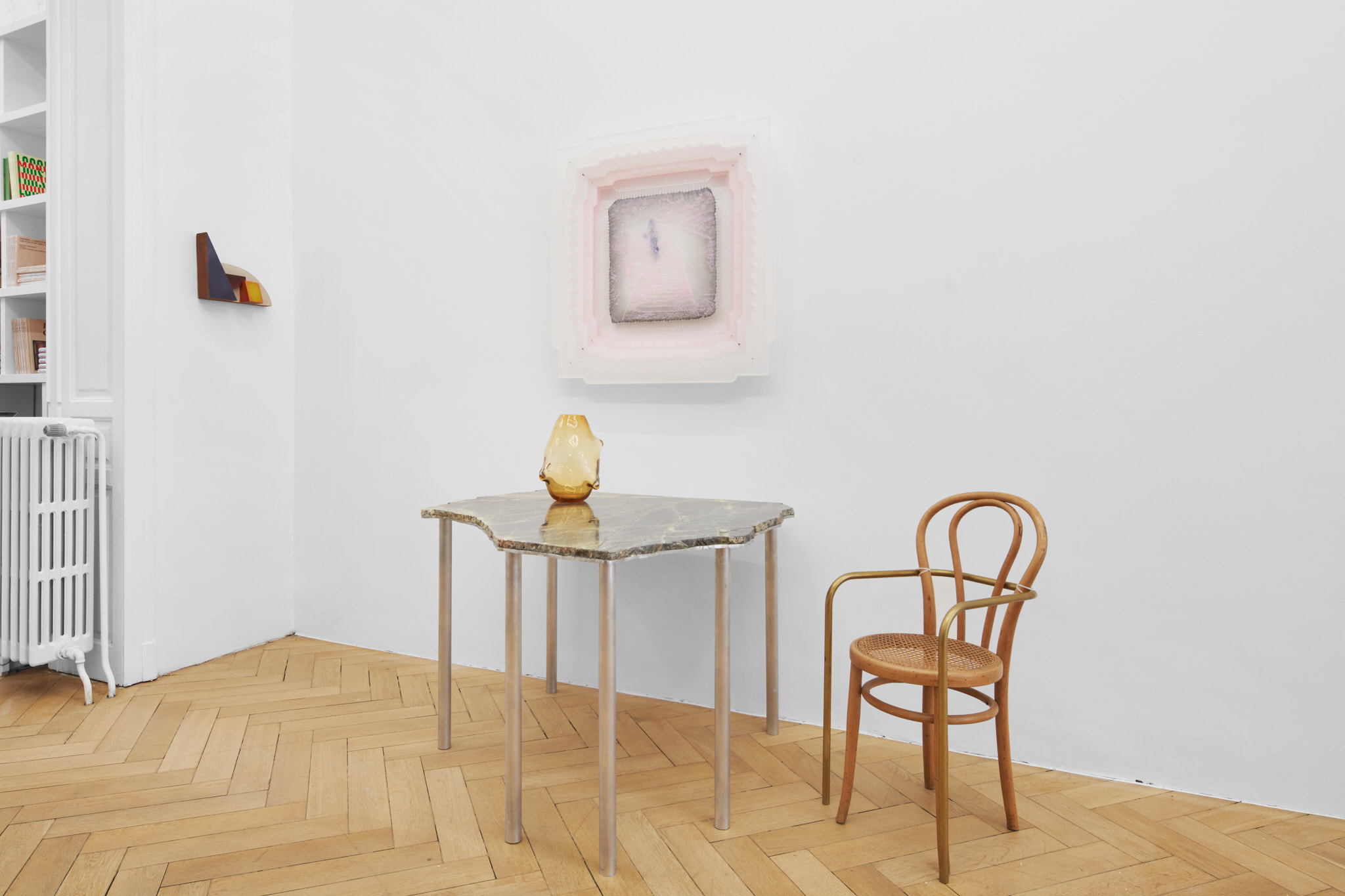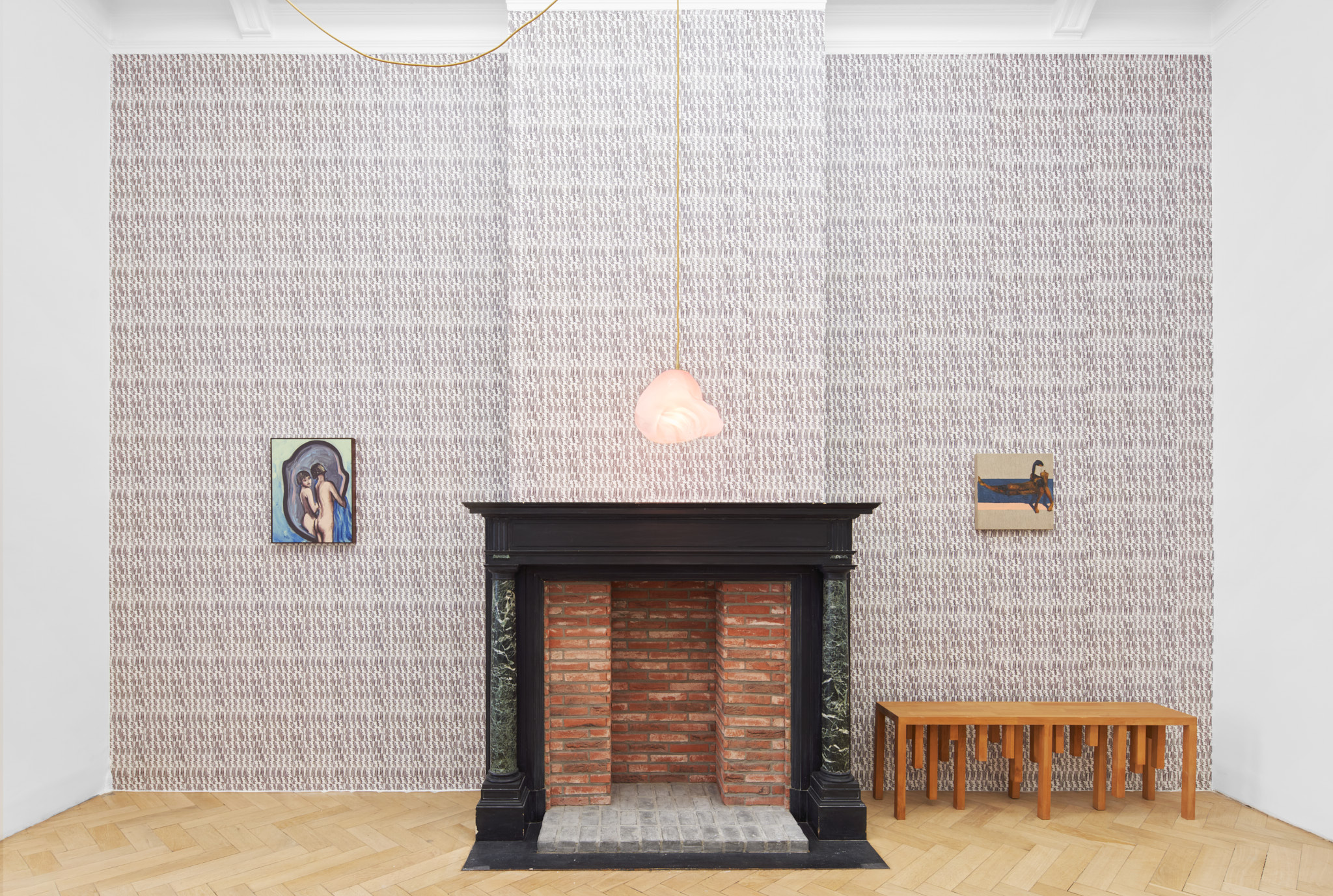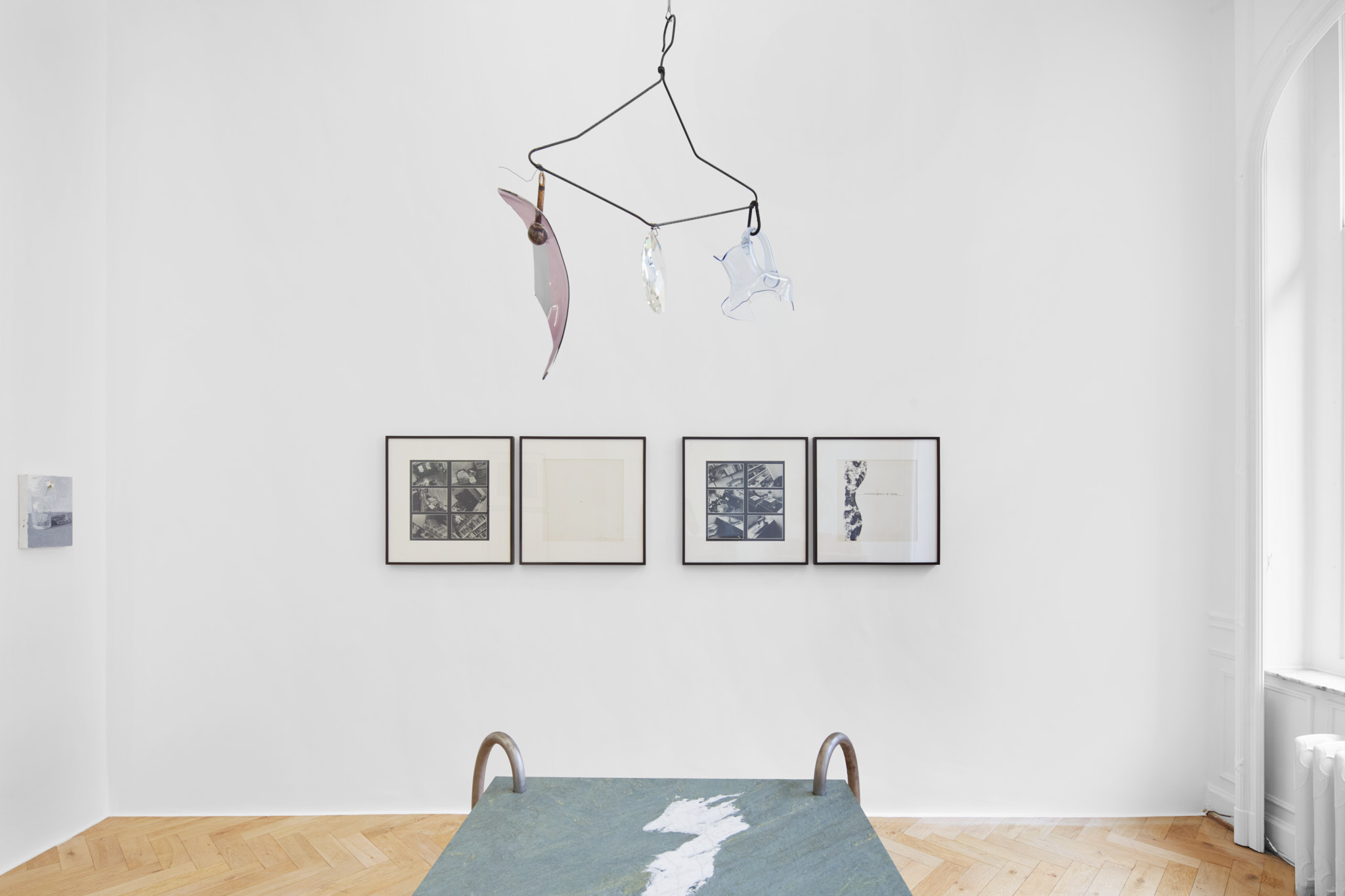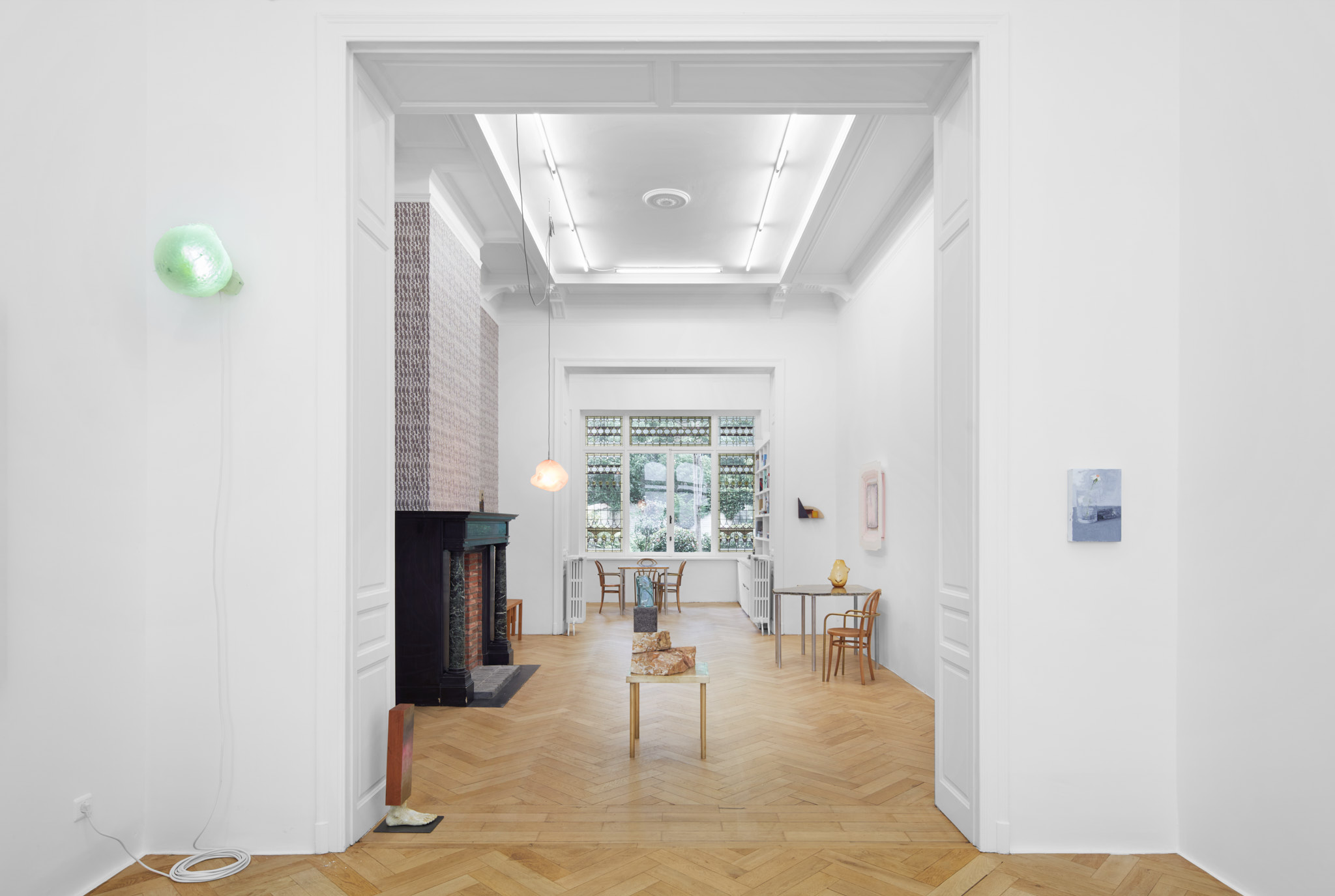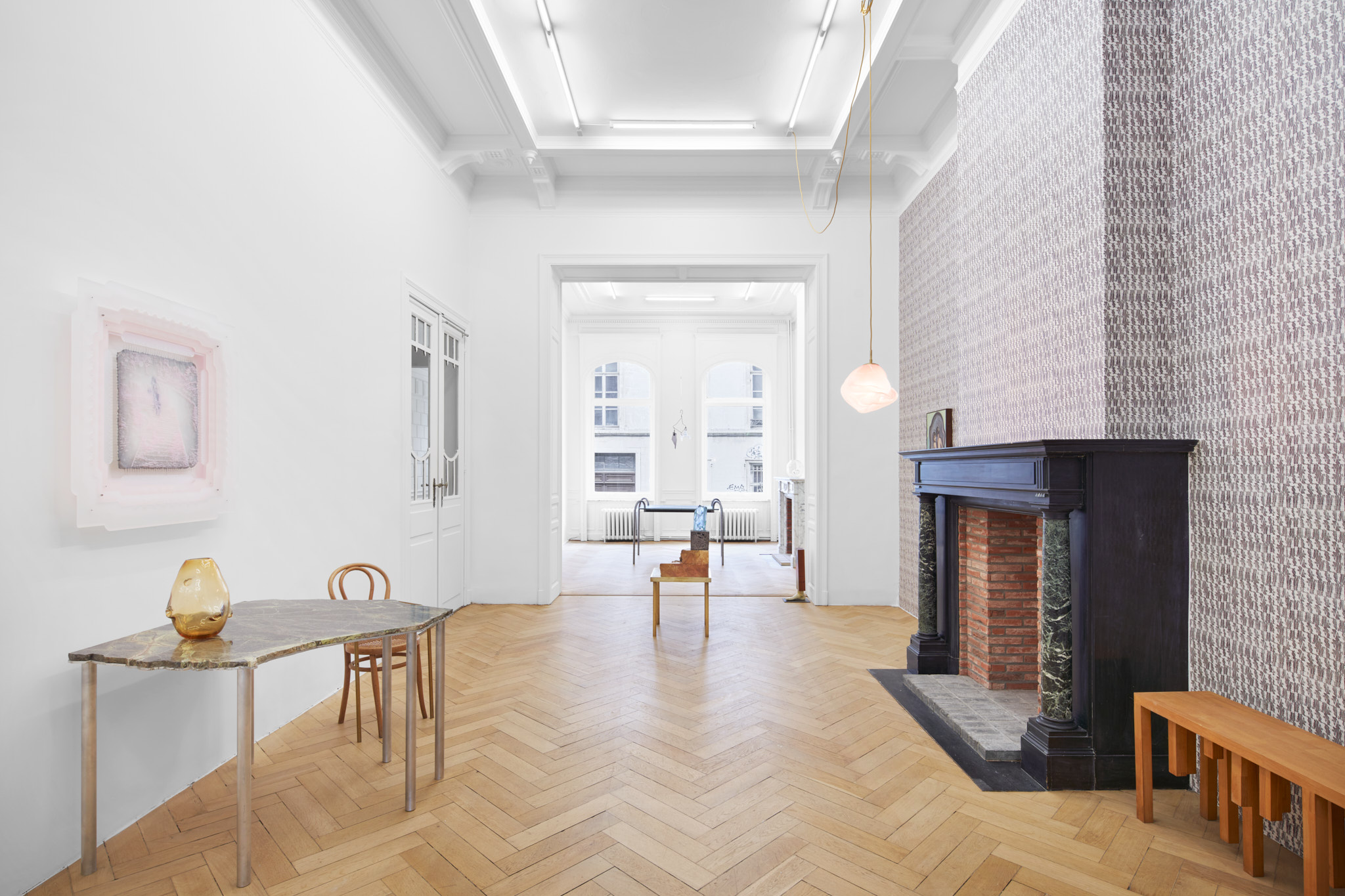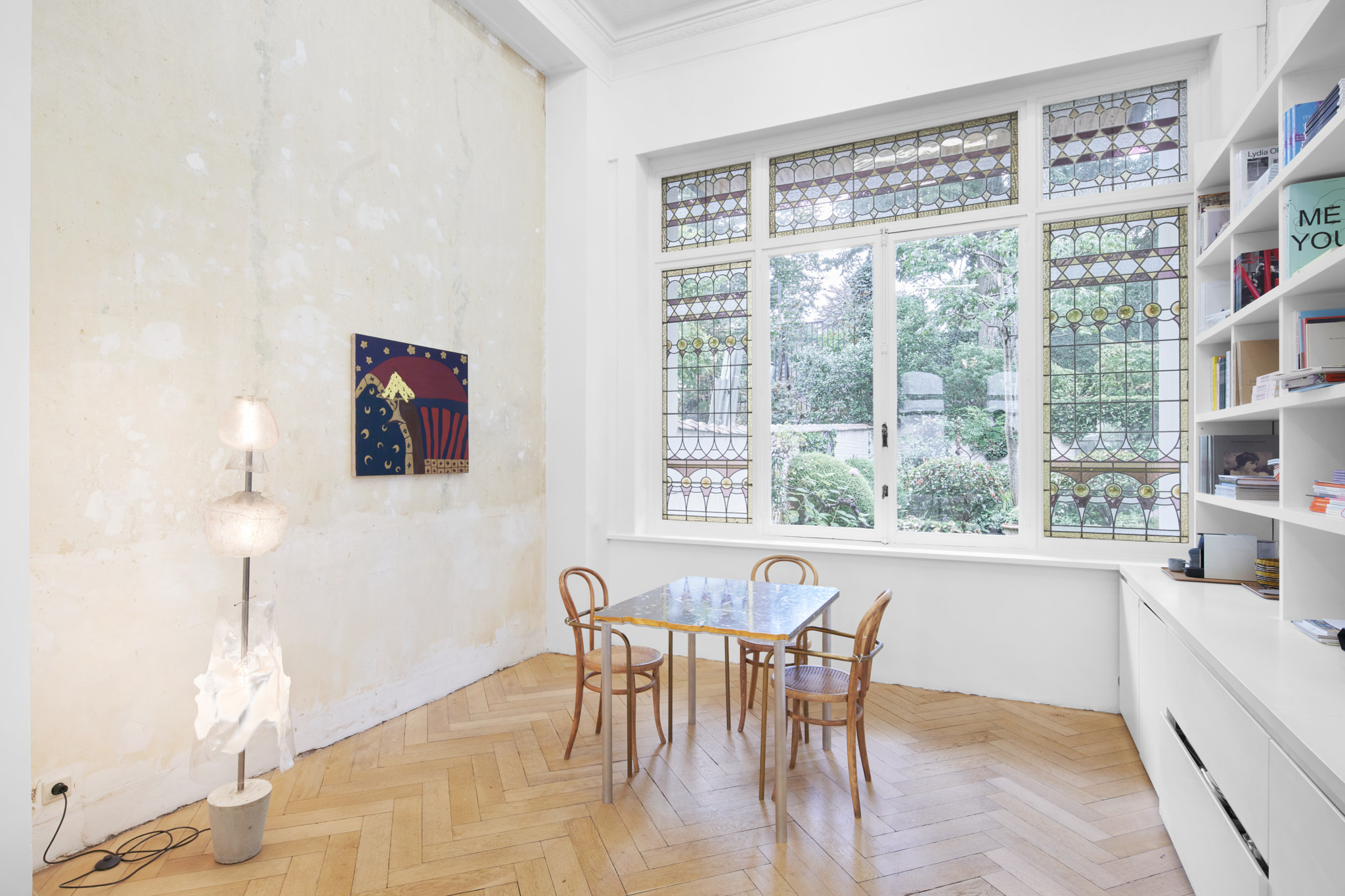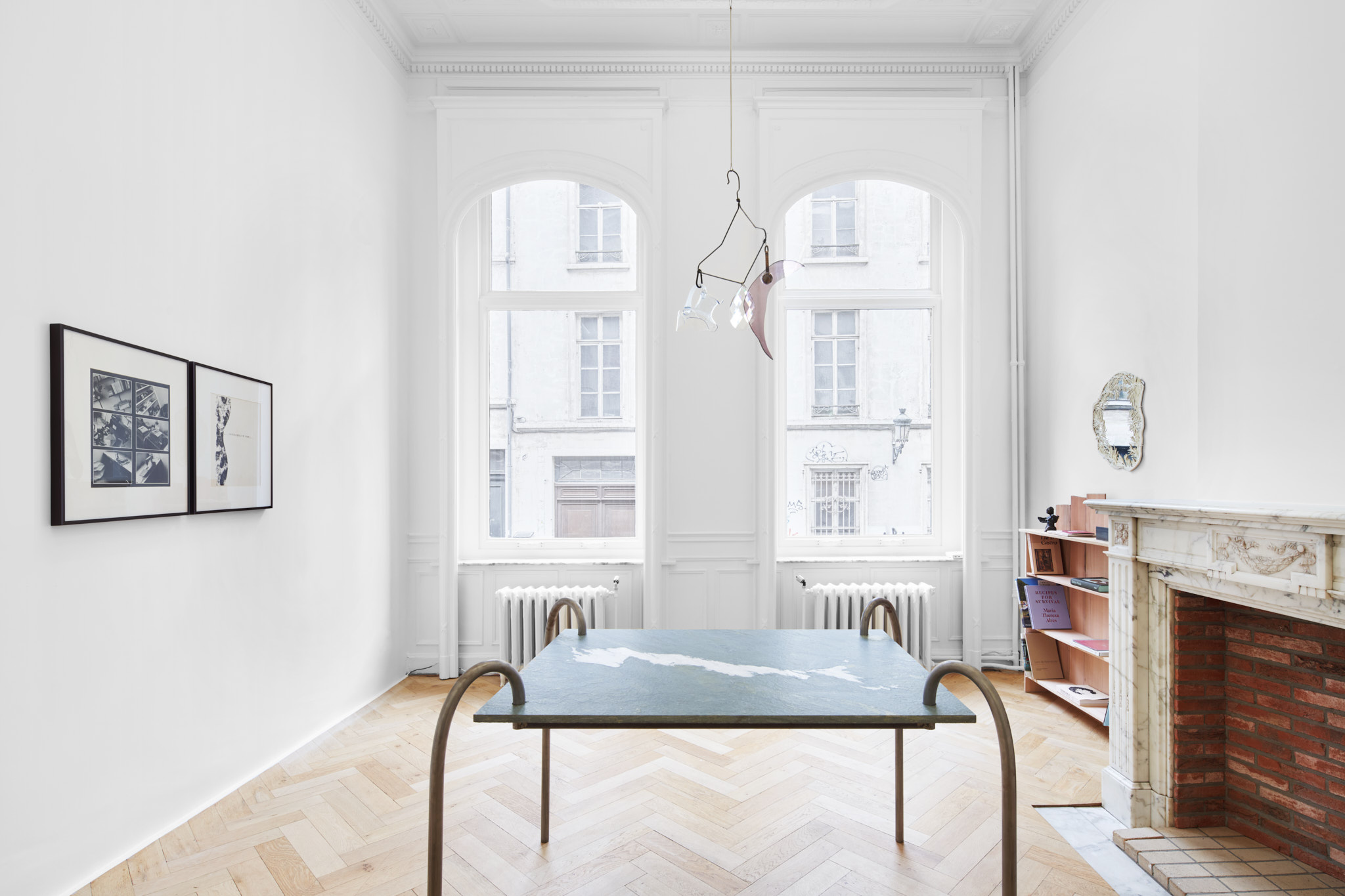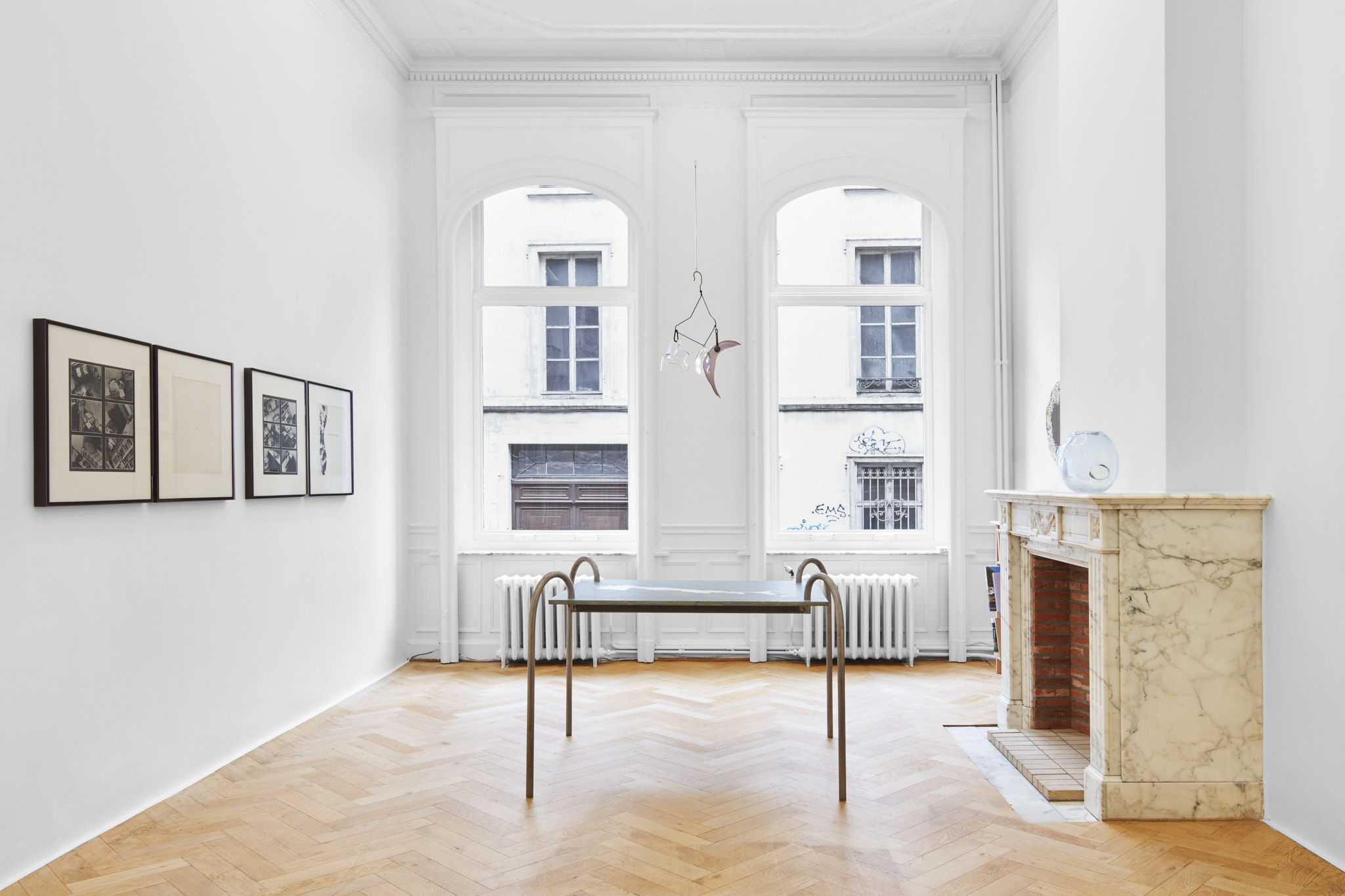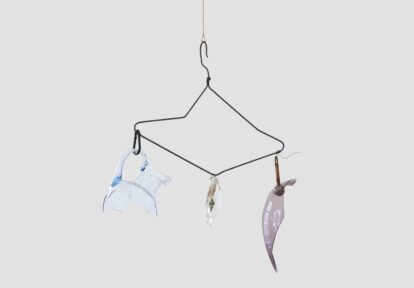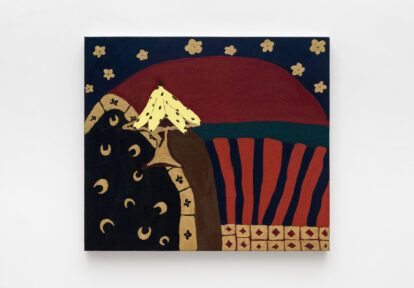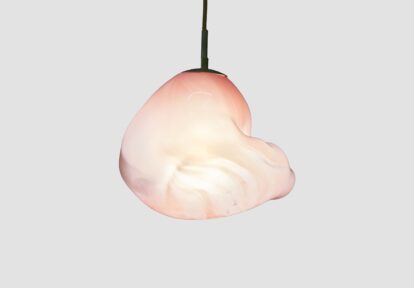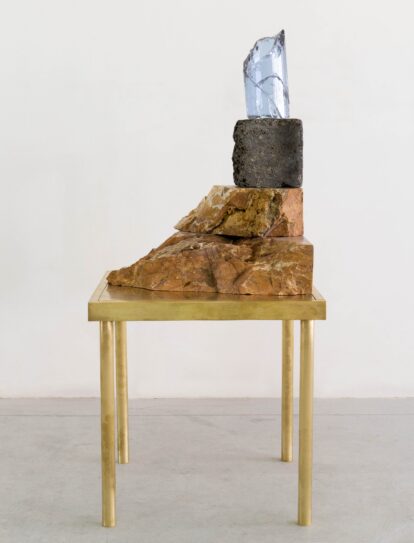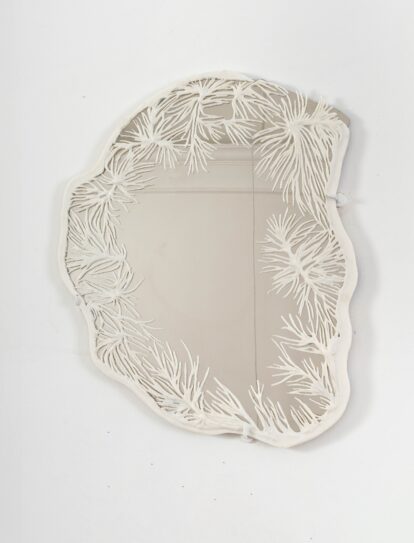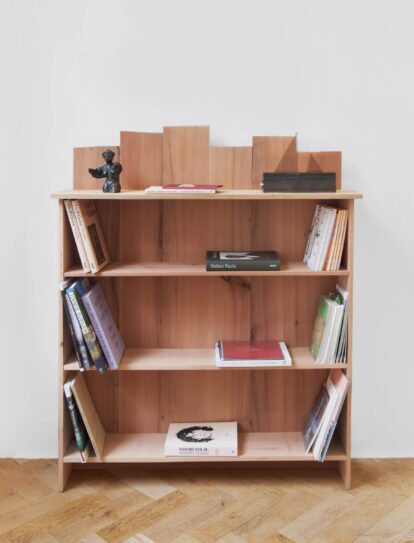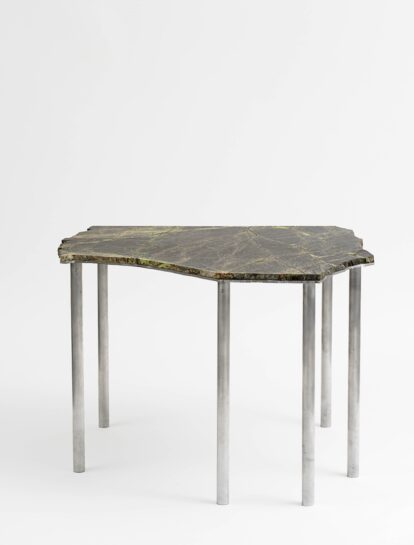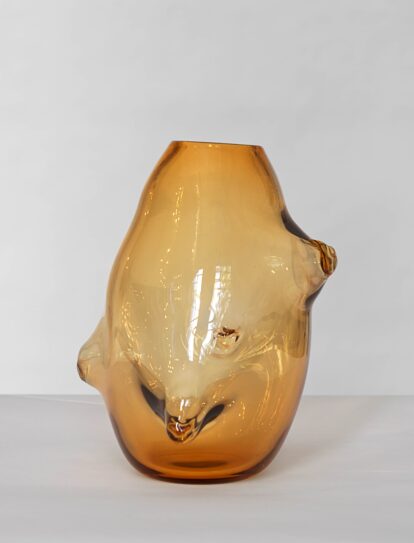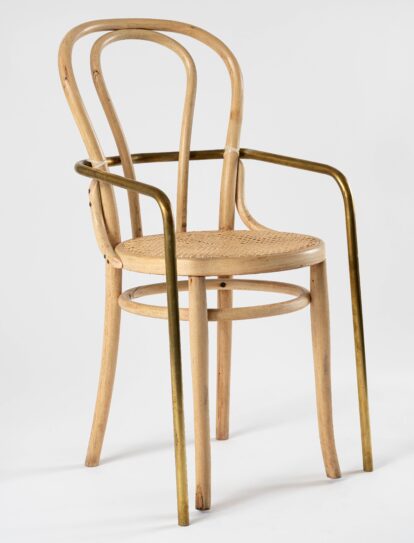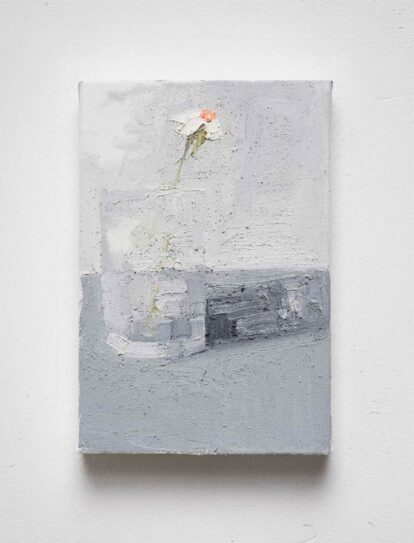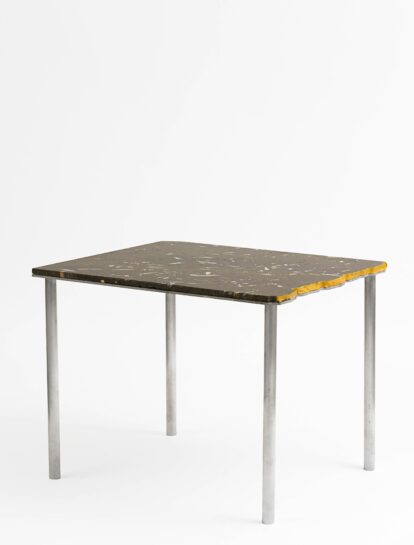What we always did
Jacopo Crivelli Visconti
We always did.
Travel.
Stayed.
A while.
Set up a house.
Built.
a chair
a table
a lamp
a vase
Left…..
Stay.
“Is this art?”
Recurrent in the context of contemporary art, professionals in the field often receive this question with resignation and an air of superiority. As if such a basic question were, in fact, just a testament to the inability to understand something that should be obvious and self-evident. Personally, I’ve always found the question thought-provoking. Is this really art? Does it make any difference whether something is art or not? And what is art, after all? For different social groups and cultures, throughout different time periods and space, art has meant and means different things, just as, strictly speaking, almost everything we see in the world can mean different things to different people. And that’s a good thing.
LABINAC was co-founded by artists Maria Thereza Alves and Jimmie Durham. Their work ethic, their tireless action in defense of the rights and the culture of originary peoples, and their constant questioning of tense binomials, unavoidable for a real understanding of the world we live in (natural-artificial; autochthonous-exotic; pure-contaminated, among others): all this makes them essential artists and thinkers of the second half of the 20th century and this beginning of the 21st. LABINAC was not conceived by its founders as an artistic project, but as “a design collective started with the dual purpose of designing and making things, and supporting the craft works of indigenous peoples in Latin America”.
The poem reproduced above implicitly places the genesis of the project within an understanding of life as a choreography of movements and pauses. And what most immediately characterizes these pauses – which for individuals and peoples under constant threat often become temporary – is the construction of a house and, above all, of what makes us feel at home: “a chair, a table, a lamp, a vase”. The objects that accompany us when we eat, write, think, dream, perhaps of another life and another world. What we always did. The poem, although unsigned, seems to be carved in stone or wood in the unmistakable style of Jimmie Durham’s poetic writing (he was an extraordinary poet as well as an artist). It projects LABINAC’s objects into a realm that transcends the boundaries of what we usually call design because it is charged with an authentically philosophical, universal and timeless dimension.
The space of Martins&Montero in Brussels is, for all intents and purposes, an apartment. It could be suitable for living in, and the works featured in each exhibition come to inhabit it as if they were people, establishing a relationship with the context that is notably different from the one created between artworks and architecture in a conventional white cube. In the case of this exhibition specifically, correspondences and relationships multiply like the reflections in two mirrors placed one in front of the other because in many of the works, representations of mundane objects arise—those we usually overlook, considering them merely as “furniture”: a lamp, a beveled mirror, a table, a vase of flowers. The Labinac objects that share the scene with these works complete the process of subverting the boundaries between the two realms (art and domesticity) by being undoubtedly “furniture” while simultaneously being artworks.
In 1917, Erik Satie introduced a hitherto almost inconceivable expression: musique d’ameublement, or furniture music, as it would become better known internationally. These compositions were conceived to be played live in varied and unconventional contexts, in which Satie hoped the audience wouldn’t pay attention, and that the music would blend into the background, as something that just exists, like a piece of furniture. From a certain point of view, the experiment was a failure: people were stopping to pay attention. Perhaps there is some kind of lesson here, which involves the importance of noticing things that we haven’t seen for a long time, of stopping using expressions that we have been using for a long time, of understanding that what is around us, even when invisible, is never neutral, but always carries messages and powerful meanings. Quietly yet powerfully, the LABINAC objects invite us to reflect on all of this.
This text began with the stereotypical question of the perplexed visitor facing a work of contemporary art: “Is this art?”. It makes sense for it to end by reversing the question: “Is this furniture?”

